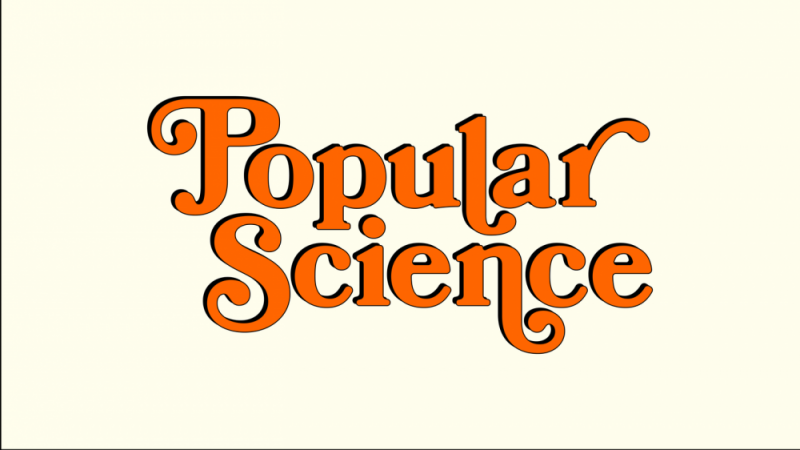Big news: Popular Science is back on YouTube

Psst, hey, big news here at Popular Science: We’re back on YouTube. Wait, let me say it louder: POPULAR SCIENCE IS BACK ON YOUTUBE. Whew, that felt good.
As you may have gleaned from my only mildly irritating use of all caps, I’m thrilled to not only announce the relaunch of Popular Science on YouTube, but also introduce the team leading the channel.
Reader, say hello to Kevin Lieber and Matt Tabor. If you’ve spent any time on YouTube in the past decade or so, you’re probably already familiar with their work. Kevin and Matt are the team behind the esteemed Vsauce2 channel, which has accumulated 4.5 million subscribers and nearly 800 million views since launching in 2010. Now they’ve joined the staff at Popular Science, and we’re super excited to have them on the team! Let me tell you why.
Kevin and Matt love Popular Science as much as you do. One of the most incredible things about leading Popular Science is the reaction I get when people ask what I do for a living. When I say “I’m the editor-in-chief of Popular Science,” the glazed over look we all get when making small talk disappears and is replaced with a sudden twinkle, a spark of oh cool. And then, I’ll hear something like “Wow, I love Popular Science” or “I LOVED Popular Science as a kid,” followed by them telling me about their favorite story from the past 150 years. Kevin and Matt share that giddy enthusiasm and will be bringing you videos that capture the spirit of why we’ve maintained a loyal audience for more than a century.
I asked Kevin to share why he wanted to join us: “Popular Science has analyzed and entertained since before the telephone was patented. Eight generations have relied on this publication to understand what’s happening in the world and what’s about to happen in the world. My family subscribed to the magazine when I was a kid, and now I’m merging that incredible legacy with my experience on YouTube.”
We’ll soon be rolling out four new series types:
- Technology: A show analyzing the promise of past technology (both failed and realized) and its implications on the future.
- Documentaries: A series of deep-dives in science topics that utilizes every discipline within the sciences, social sciences, and humanities
- Visualizations: A series of dynamic computer animated visual-scale comparison videos that contextualize important concepts in science
- And finally, Stories: A storytelling series that unravels the incredible unknown context surrounding the most compelling tales in science history
In many of our videos, we’ll be digging through our extensive archives for inspiration, unearthing the stories that make us say “wow,” “coooool,” or “HUH?” and giving them a modern spin. For example: In the March 1987 issue of Popular Science, writer Jim Schefter covered the Butler in a Box, an early precursor to Siri and Alexa. The inventor, Gus Searcy, was a professional magician who owned a 7-Eleven at age 21, had a world champion frisbee-catching dog, invented a cannon to feed fish from a submarine, and, somehow the least surprising tidbit, wrote a motivational book. A wow, coooool, HUH story all in one. Plus Kevin bought a Butler in a Box on eBay and it was a whole thing. You know what? Just watch the video.
The nod to our history can also be found in the new logo for our YouTube channel. Much like what you’ll find in the upcoming videos, the design is a nod to our past (think way back to the 1920s-era covers) with a strong present-day influence.
If all of this sounds interesting to you (and duh, it should), subscribe on YouTube. And remember that you can find fascinating Popular Science written stories on PopSci.com and in our newsletters. And you should definitely still tune in to our delightfully weird podcasts on YouTube (or wherever you get your podcasts) at their new home. See you in the future.










